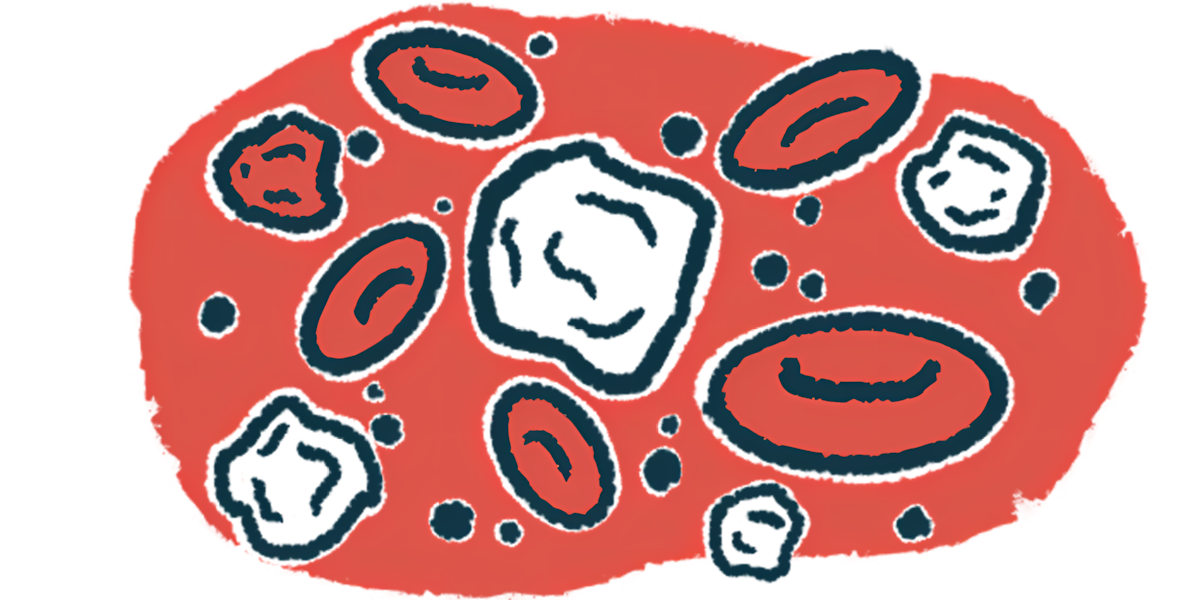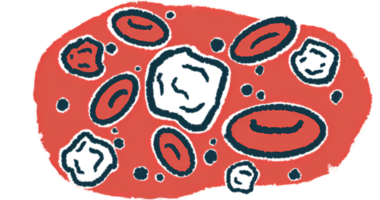MOGAD has unique immune signature distinct from MS: Study
Findings could pave way for more personalized treatment approach

Multiple sclerosis (MS) and myelin oligodendrocyte glycoprotein antibody-associated disease (MOGAD) share similar symptoms but are two biologically distinct conditions, with different immune signatures, a study found.
These findings help explain why treatments approved for MS generally show limited effectiveness for MOGAD, researchers said.
“These findings support MOGAD as its own disease entity, distinct from other neuroinflammatory conditions such as MS,” Anne-Katrin Pröbstel, MD, PhD, who co-led the study from the University of Bonn in Germany and the German Center for Neurodegenerative Diseases, said in a university press release.
The study, “Immune signatures link myelin oligodendrocyte glycoprotein antibody–associated disease to other autoantibody-mediated conditions,” was published in Science Translational Medicine.
Treatments for MS fail to work in MOGAD or even worsen its symptoms
MS and MOGAD are both autoimmune diseases in which the immune system mistakenly attacks the myelin that coats nerve cells in the central nervous system, which comprises the brain and spinal cord.
Both conditions disrupt communication between nerve cells, leading to similar symptoms, but it has long been suspected that the two diseases are biologically distinct. Understanding these differences is key because treatments for MS fail to work in MOGAD or even worsen its symptoms.
To explore these differences, an international team of researchers from France, Germany, and Switzerland conducted a detailed analysis of immune cells in MOGAD. They compared their findings with data from patients with MS and healthy individuals, revealing differences in how their immune systems behave.
MOGAD can generally be distinguished by the presence of self-reactive antibodies against a myelin protein called MOG. However, researchers also observed that people with MOGAD had more of certain types of immature B-cells that are also seen in other autoimmune diseases, such as systemic lupus erythematosus, the most common form of lupus. B-cells are immune cells responsible for producing antibodies, including self-reactive ones.
In MOGAD, other immune cells — natural killer cells, monocytes, and dendritic cells — showed changes in a molecule called the Fc gamma receptor, which helps regulate the immune response. Changes in this receptor can affect how the immune system recognizes and attacks potential threats.
The researchers also noticed lower levels of certain memory T-cells in the blood of patients with MOGAD. T-cells are key for the immune response, and these particular T-cells were found to be trapped in the brain and spinal cord in animal models, suggesting they play a role in sustaining inflammation.
Together, these findings reveal that MOGAD has a unique immune signature — a pattern of immune cells that differentiates it from MS. This confirms that MOGAD should be considered a distinct disease rather than a subtype of MS or another disease that attacks myelin.
For Pröbstel, this “lays the foundation for hypothesis-driven research aimed at understanding MOGAD’s unique immunopathology,” or how the immune response leads to disease, paving the way for a more personalized approach to treatment. Before these insights can be translated into clinical practice, further studies are needed to confirm the findings.







